If you’re running a large-scale battle with multiple contesting armies or having your party combat a horde of zombies, using Dungeons & Dragons’ mob combat rules is a must. Slowing the turn of play down by rolling d20s for every single enemy on the field is tiresome and takes the fun out of epic confrontations with hundreds of adversaries.

Related
Dungeons & Dragons: How To Level Up Your Bastion
Leveling up your bastion in Dungeons & Dragons can be a rewarding, yet complex process. Here’s everything you need to know.
Luckily, mob combat rules in D&D are simple and easy to follow. But, if you have no idea where to start or haven’t run large battles before, it can seem overwhelming. This guide has everything you need to run successful and exhilarating mob combat.
What Is Mob Combat?
In short, mob combat can be used for any battle in a Dungeons & Dragons session that involves more enemies than there are player characters on the field.
Mob combat rules break multiple enemies into smaller groups so that you don’t have to keep track of dozens ofenemies, including their stat blocks, rolls, and conditions.
For example, if you’re running a combat encounter in which a tribe of 30 goblins attacks the party, you could instead have three mobs of ten goblins each attack the party.
Why Is Mob Combat Useful?
By breaking enemies down into groups, you only have to keep track of each group, rather than each individual monster or creature in the group. This keeps combat moving quickly, and feeling exciting rather than slow.
How To Run Mobs
There are a few general tips worth considering when it comes to running mob combat. These tips are there to help keep the process smooth and easy for DMs and players alike.
- Damage – When rolling damage, just use the average damage specified in the monster’s stat block.
- Hit Points – If a decent amount of damage is inflicted on an individual monster in the mob, assume the monster is killed or taken out automatically.
- Monster Mobs – Spread monster mobs’ turns out between characters in combat. Five to eight is also an ideal size for each mob.
- Number of Mobs – Don’t have more mobs than there are player characters.
How To Roll D20s For Mobs
Another key aspect of running mob combat is learning how to average out d20 tests across mobs rather than rolling for every single monster on the field.
To determine the DC the mob needs to succeed, you can use this simple equation.
- Roll needed = target number – monster’s bonus
So, for example, let’s say that a mob of goblins is trying to attack a creature with an 18 AC, and based on their stat block, we can see that goblins have a +4 to their attack.
That means you would take the 18 needed to hit and subtract the four that the goblins get as an attack bonus, meaning the roll they would need is 14.
Once you’ve determined the roll needed, you can refer to the table below (also found in the 2024 Dungeon Master’s Guide) to figure out how many goblins succeeded on their roll, depending on the size of the mob.
This number changes slightly based on whether the creatures have advantage or disadvantage on their roll. This is reflected in the table below.
How To Run Areas Of Effect For Mobs
For Area of Effect spells, there’s also a simple way to determine how much space the mob occupies and figure out whether or not the attack hits them.
For spell saves and other DCs, you can use the above table to determine successes.
The number of targets hit is determined by the shape of the Area of Effect as seen in the table below.
If the targets are more spread out or more clumped together, adjust the number of targets hit by rolling 1d3 (subtracting if they’re more spread out and adding if they’re more clumped together).
It’s important to note that you should also use your best judgment as a DM to determine whether or not an Area of Effect hits something.
For Cylinders, Emanations, and Spheres, you can use the Circular column in the table above. Use the size of the Emanation rather than its radius if you do so.
For example, certain environments or creatures might counter a normal Area of Effect spell by preventing it from working, such as high wind or rain. Your call is ultimately law as a DM, so be definitive.
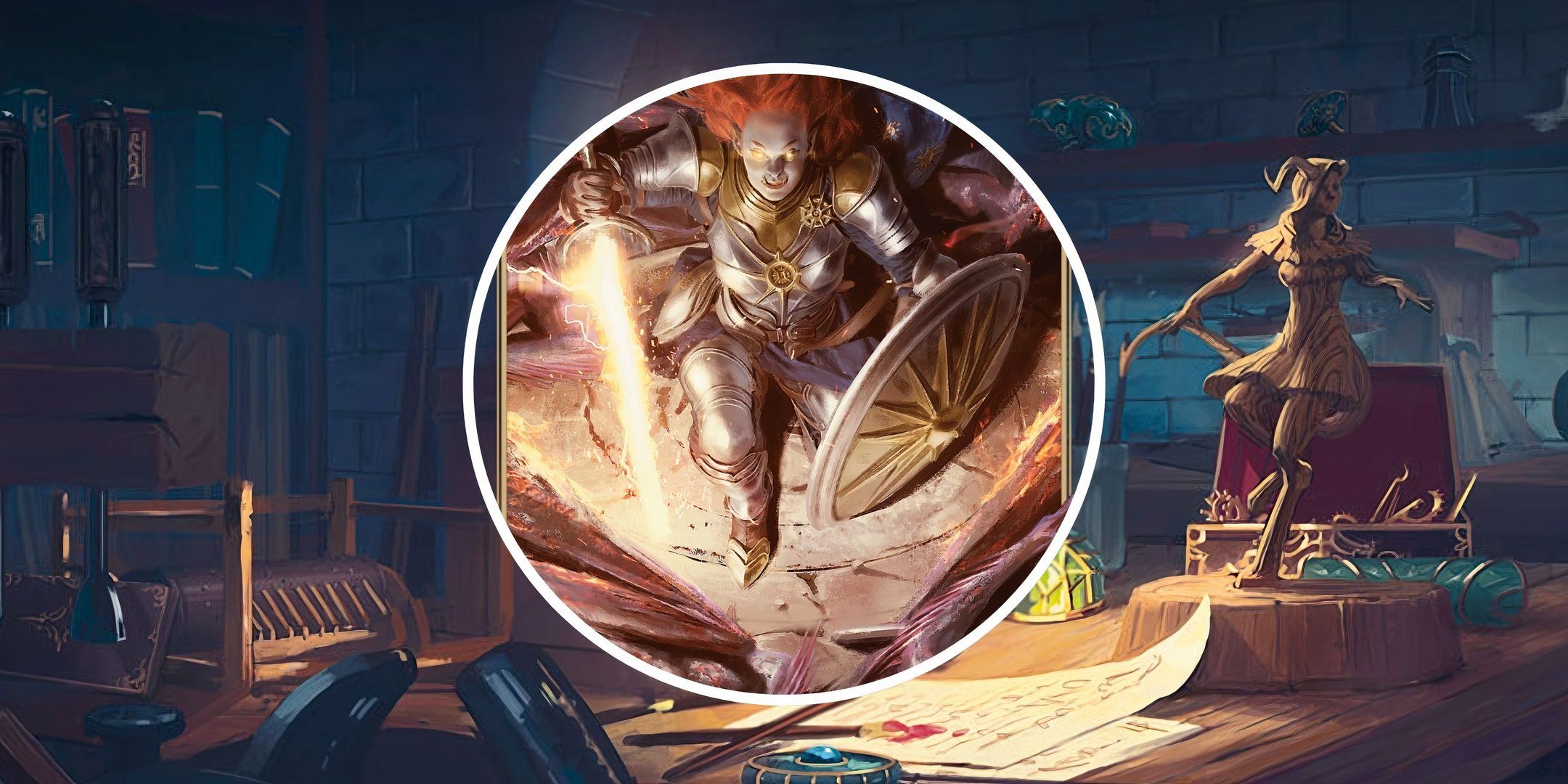
Next
Dungeons & Dragons: Best Ways To Improve Your Ability Scores
Before you reach level 20 in D&D, you’ll want to make sure you improve your ability scores as much as you can. Here are great ways to do just that.
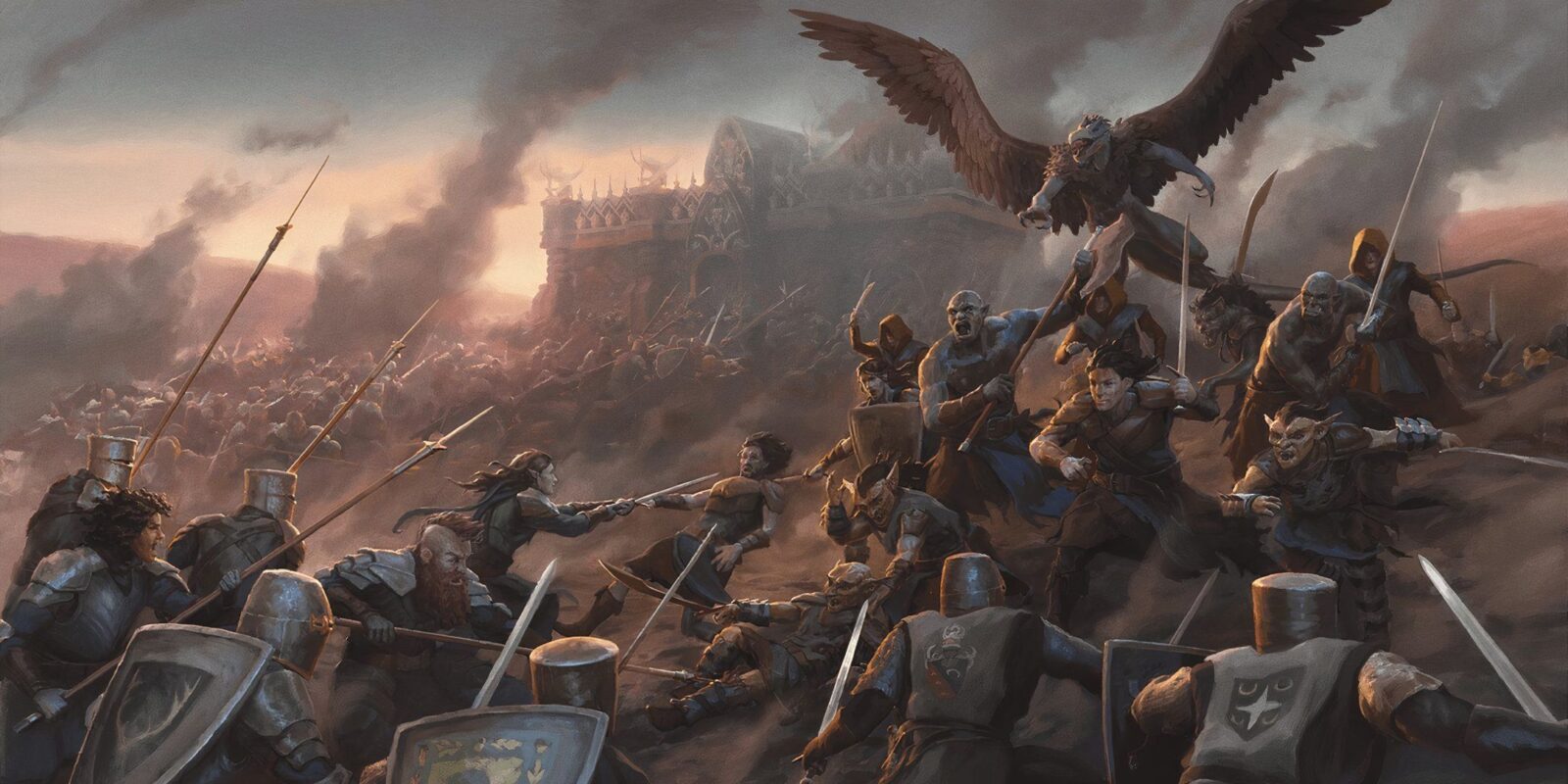

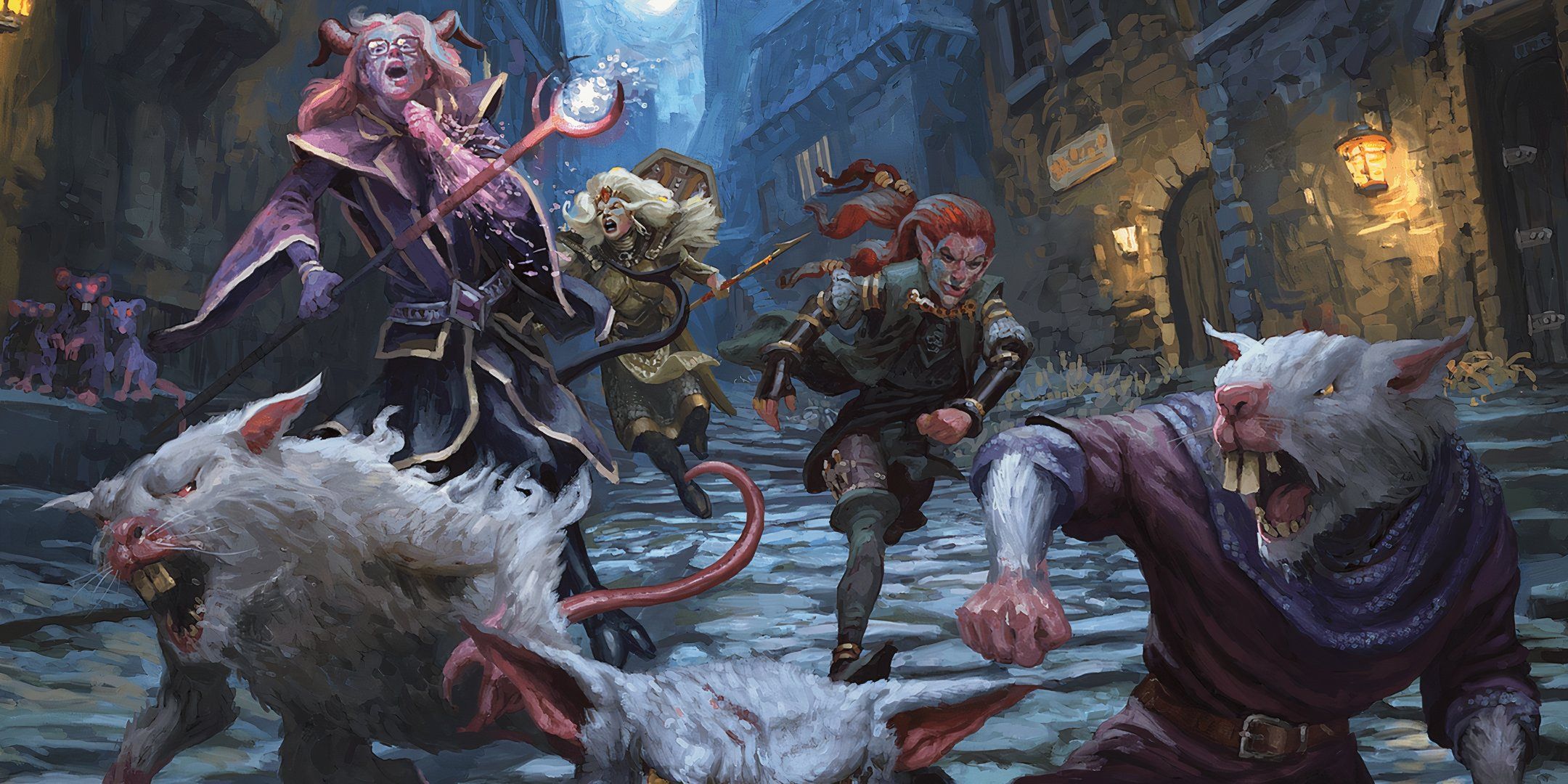
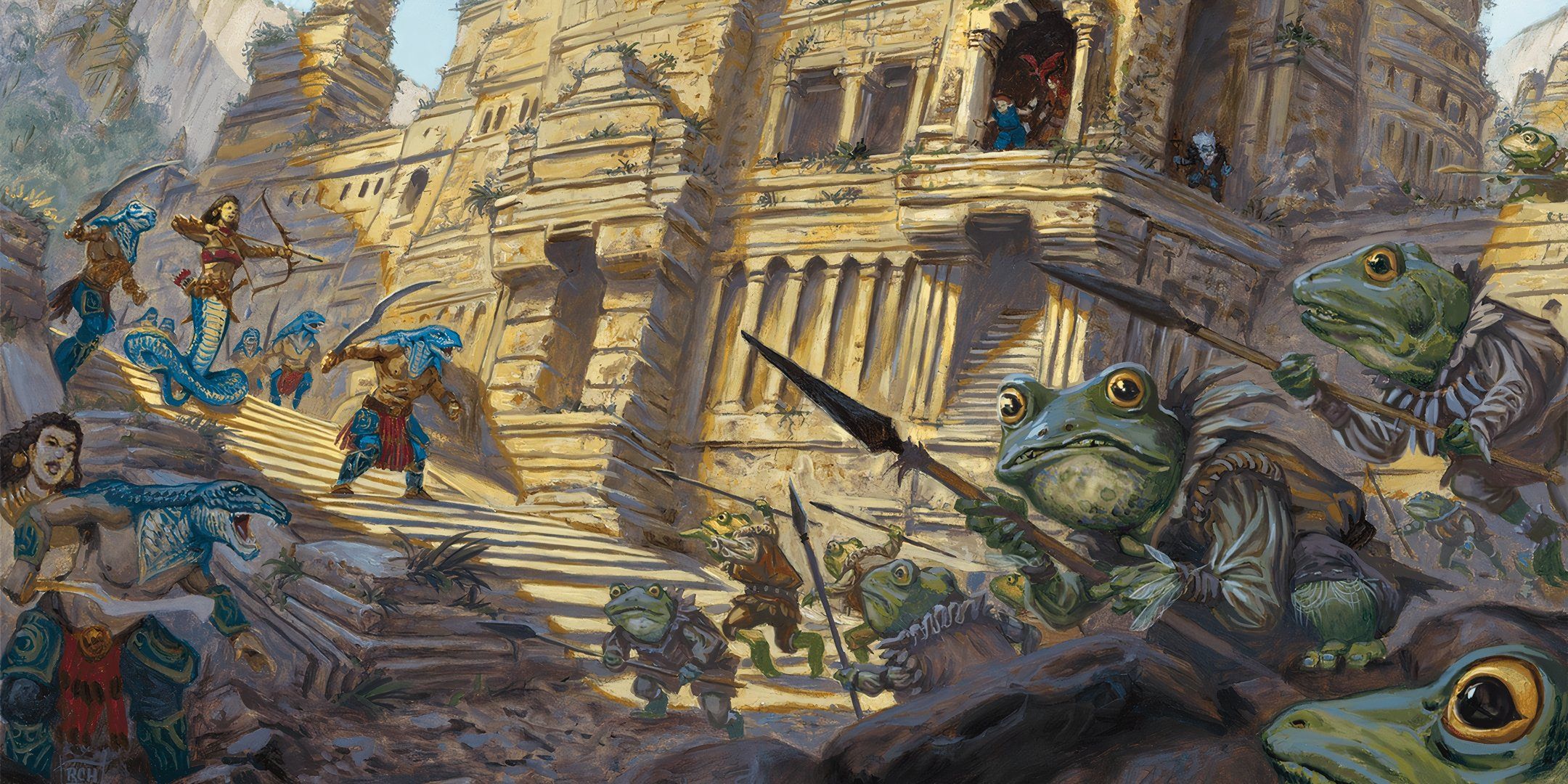
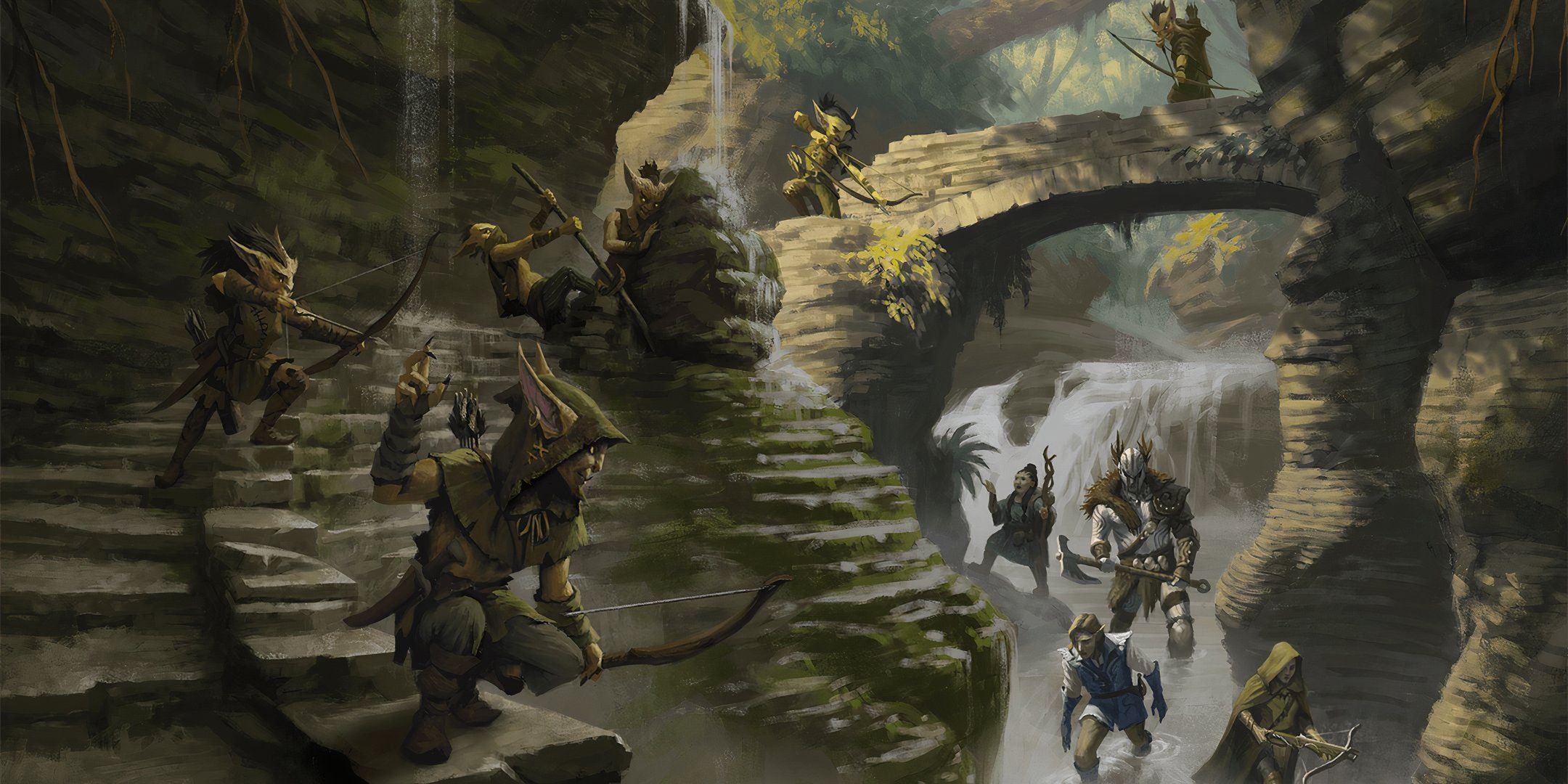
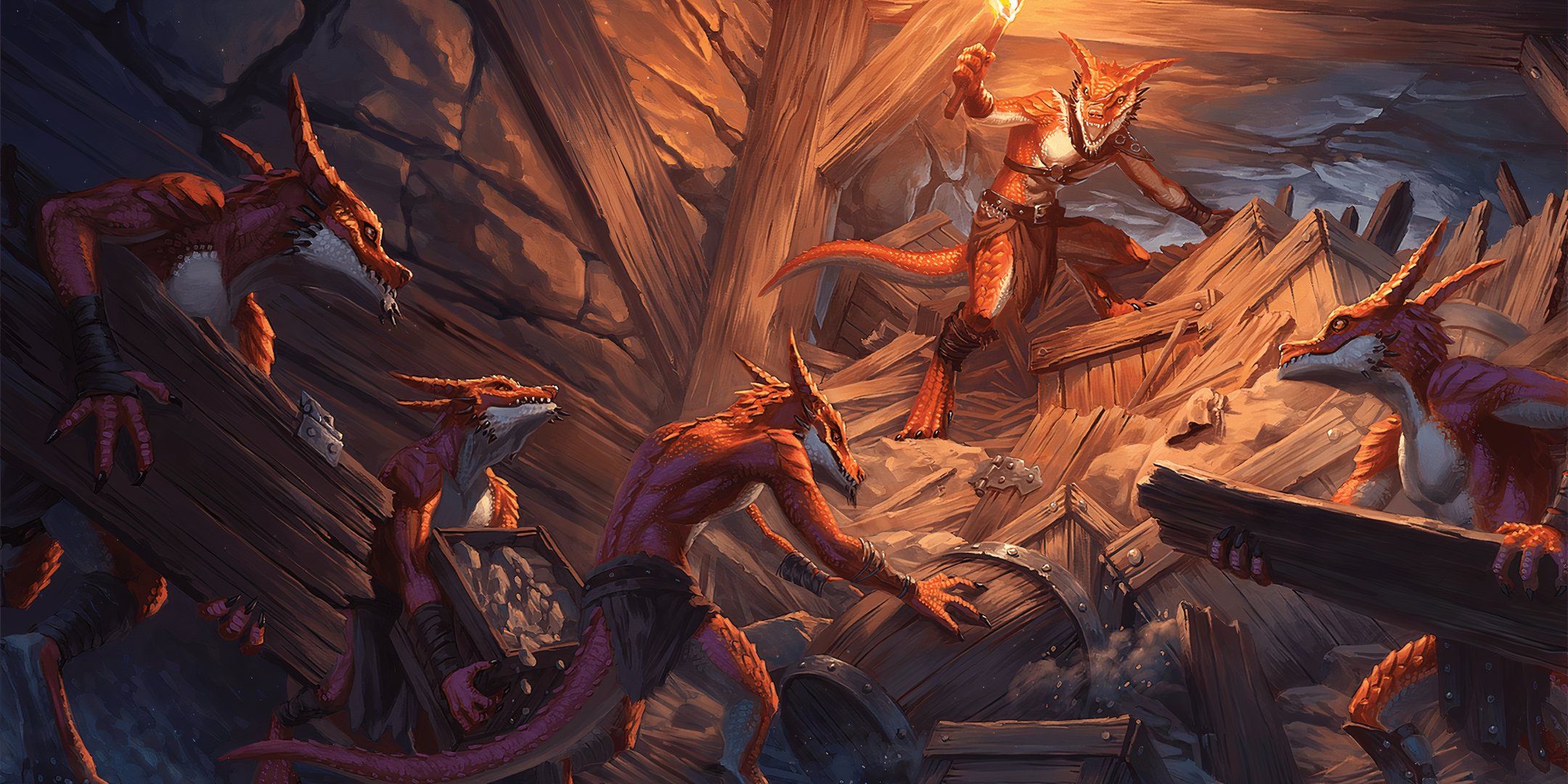
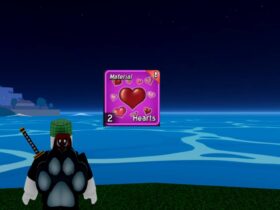
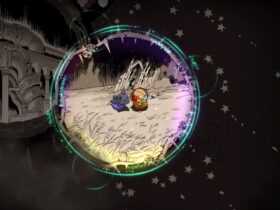
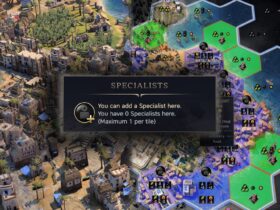

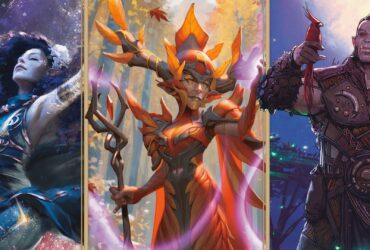
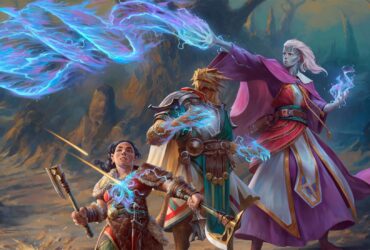
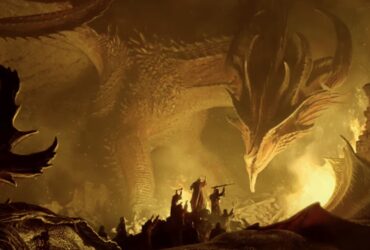
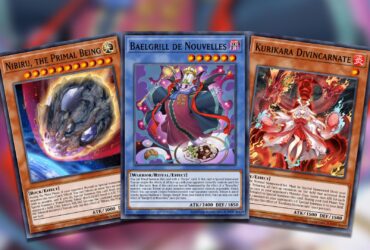
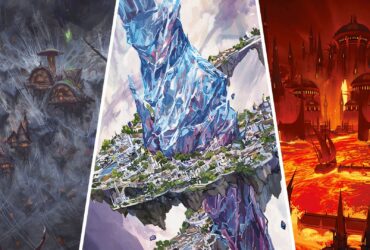

Leave a Reply